Few German cities have their praises sung as highly as Heidelberg’s, a harmonious ensemble of Castle, Old Town and river set within the midst of mountains. It is Germany’s answer to Salzburg, a riverside city of romance. I recently ventured to the fabled city on an Emerald Waterways river cruise through the Rhine, and the sense of excitement, amongst my fellow cruisers about jaunting to Heidelberg was palpable.
First stop was he towering symbol of the city, Schloss Heidelberg, which lords over 200 feet above the Neckar River, encrusting the Konigstuhl (King’s Chair), Heidelberg’s local mountain. This beloved castle ruin was first erected on a medieval fortress back in the 1200s. For five centuries, the powerful Prince Electors of the Palatinate region, ruled the roost before the French Army under Louis XIV reduced it to an indefensible wreck in 1689 and again in 1693, even though it was still liveable, until a catastrophic lightning strike a century later.
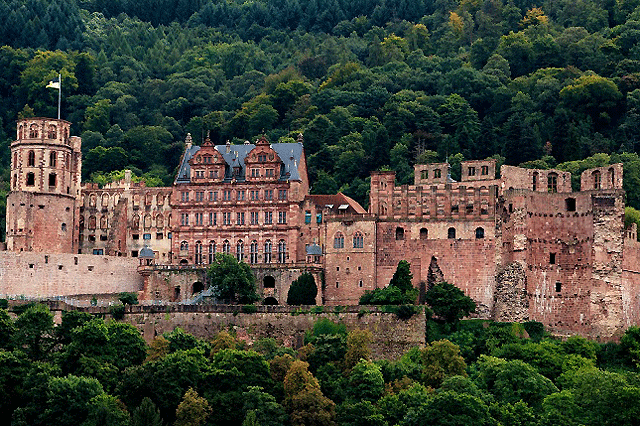
What remains are Germany’s most magnificent castle ruins which became the symbol of an entire epoch, the German Romantic period. As we entered the site, we stopped in awe of the “Blown-Up Tower”, bracketed in tranquil gardens. Entering the castle proper, the prized architectural gems are the two sumptuous facades of the central courtyard, exquisitely crafted in Renaissance and Baroque styles, with meticulously detailed life-size sculptures standing on the window ledges, like a pantheon of past regional rulers rendered in stone.
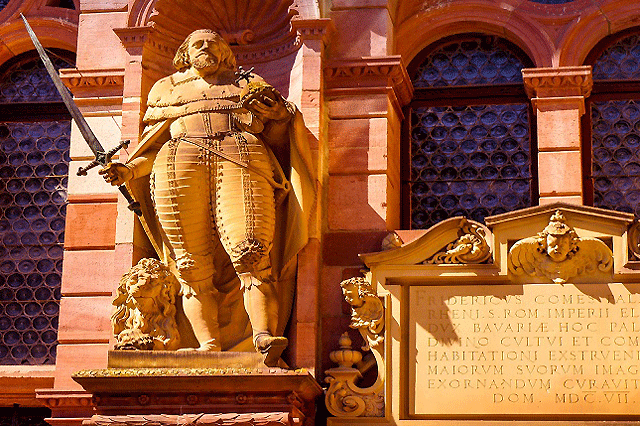
Inside the Baroque facade of the Friedrich Building, the starring attraction is the Great Tun, which was the world’s biggest wine barrel when it was completed in 1760. With a capacity of 220,000 litres, it took a whopping amount of wood to build – 90 oak trees, no less. The barrel even got a mention in Herman Melville’s Moby Dick. Like a giant intravenous drip, a constant supply of wine was piped from the barrel into the main dining room for the regional rulers. Every home should have one!
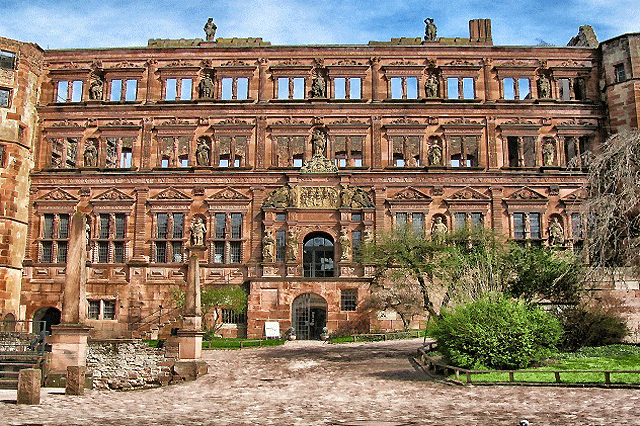
Beyond the barrel, an archway leads out to the castle terrace, serving up a celestial panorama across the old town. Along with the castle, Louis XIV’s forces laid waste to Heidelberg, which was quickly rebuilt in the prevailing Baroque style, while largely retaining the medieval labyrinth of slender, twisting lanes and alleys. Today, they are an irresistible joy to stroll, although I did notice that a weekend of partying does leave its calling card through the unmistakeable pong of urine-stained streets.
Without meaning to point the finger, Heidelberg is a big student town, who comprise a fifth of the population. Home to Germany’s oldest university, founded in 1386, the youthful verve courses through its streets, with a staggering array of spirited pubs and eateries spilling across the cobbles. Another intriguing attribute is the fact that Heidelberg was spared any major damage during World War II because it was designated a hospital city, and subsequently the headquarters for American and NATO troops stationed in Germany.
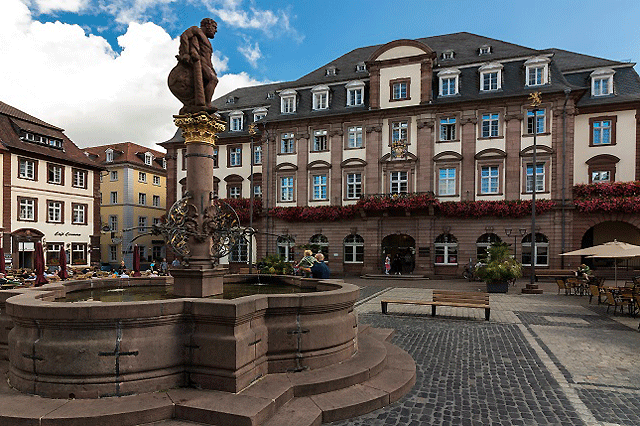
The American base only left the city three years ago, in favour of Mainz. Just off the bustling shopping street of Hauptstrasse, a fabulously quirky attraction is the Student Prison, the Karzer. From 1778 to 1914, the university’s young students were briefly imprisoned here for minor offences, such as wilfully disturbing the peace, not to mention having a leak on the street. Many of the inmates passed the time away by immortalising themselves on the walls of the prison through art. Their spirited graffiti and inscriptions can be admired today on a visit to the old student lock-up.
One of the city’s oldest squares, Marktplatz is Heidelberg’s beating heart, wrapped in glorious architecture, a majestic Hercules Fountain from 1706 to salute the immensity of the city’s reconstruction, and the lovely Renaissance-period Knight’s House. Built in 1592, it was one of the few structures to escape destruction by the French. The Church of the Holy Spirit holds centre court, serving as a striking backdrop for Heidelberg’s famed Christmas market, which spills across the square.
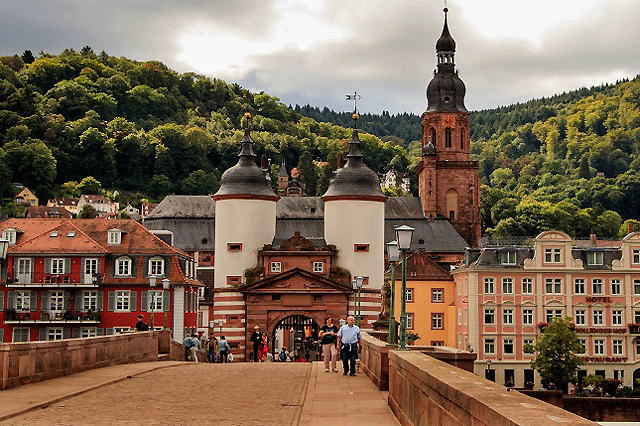
Together with its famed Bridge Gate, which was once a part of the city wall, the Old Bridge spans the Neckar River, and serves as a trusty vantage point for snapping away at Heidelberg’s storybook skyline. There are some impressive flood markings chiselled on the bridge column below the statue of its builder, Karl Theodor, denoting the horrifying height of the water, over the centuries. A tourist favourite is the Bridge Monkey sculpture.
Re-erected in the 1970s, legend has it that the bronze monkey served as a reminder to those who crossed it, to look over their shoulders from where they’d come. It is said that if you touch the mice next to the monkey, you will have many children. Across the river, Philosophers’ Walk is a crackingly good walking trail, meandering along the sunny side of Heiligenberg hill.
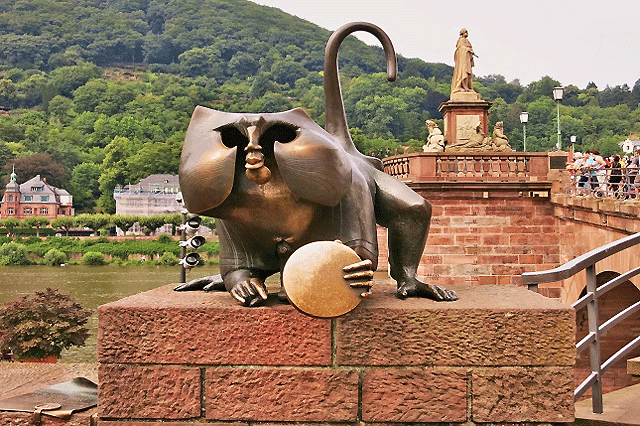
It has inspired countless scholars and poets across the centuries, and today offers an unrivalled panorama of the castle and town. As I walked up this gentle hill, that only rises to a height of 400 metres, I encountered all manner of antiquities. There’s a partially preserved Celtic fortress ring wall, the ruins of the Roman Temple of Mercury, the ruins of St. Michael’s abbey and even a gigantic Nazi-commissioned open-air stage, encrusting the hillside.
Back down in the old town, if you’re feeling peckish, Schnitzelbank is the go-to for delicious and good value German cuisine. Their Cordon Bleu hits the spot, but the garlic schnitzel is the real superstar. Vetter is an awesome brewery and beer hall, a student favourite, where I tried the Dunkelweizen, which is a dark wheat beer.
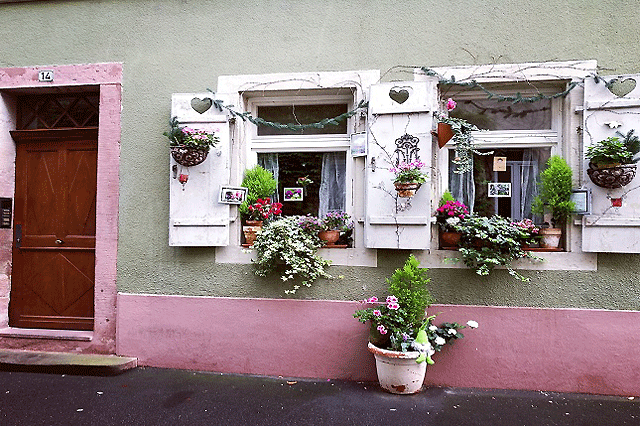
Before leaving town, wrap your lips around some Student Kisses. They’re a Heidelberg trademark, sold from Cafe Knosel, directly behind the Church of the Holy Spirit, at Haspelgass 16. These delicious chocolate cookies were deliberately crafted as a gift that young men could discreetly give to female university students, in a bid to win their affection. The original 1863 recipe is still in use today at Café Knosel, which has remained in the same family hands since the love affair with Students Kisses first began.
Romping through the German countryside on a super-slick and super-comfy DB train is holidays made easy. Heidelberg is an effortless two hour ride away from Frankfurt, if you’re travelling independently. Purchase a pass to suit your needs, in advance from Rail Europe, the experts in great rail travel. www.raileurope.co.nz
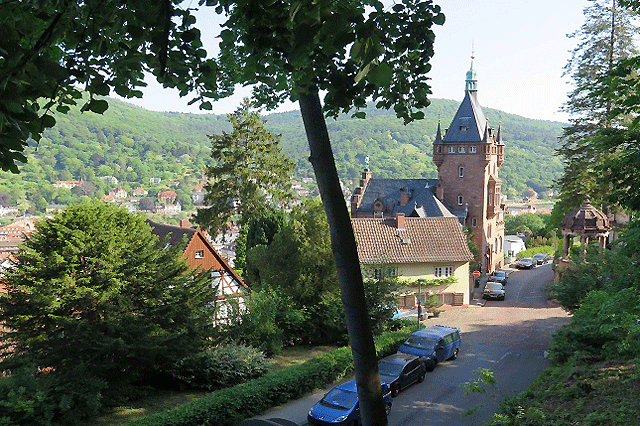
Flying direct from Singapore to 15 European destinations, Singapore Airlines offers incredible reach for Kiwis dreaming of a grand tour in Europe. Operating international flights from Auckland, Wellington and Christchurch, I flew to Frankfurt with the carrier, particularly impressed with the superb inflight service, impressive entertainment offerings on Krisworld and quality dining. For best fares and seats to suit head to www.singaporeair.com


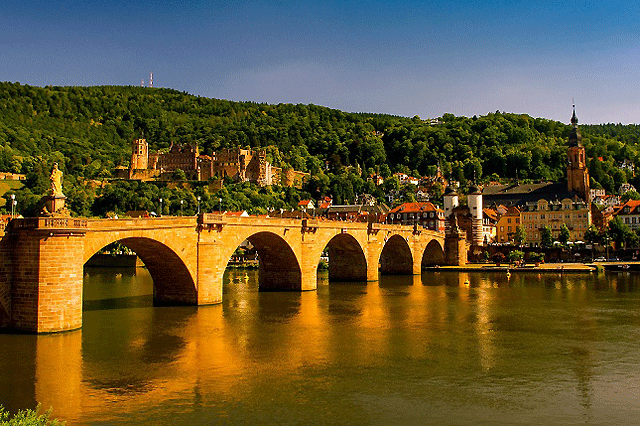

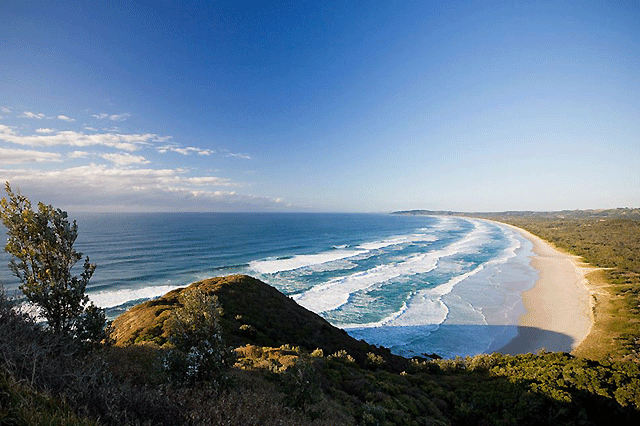
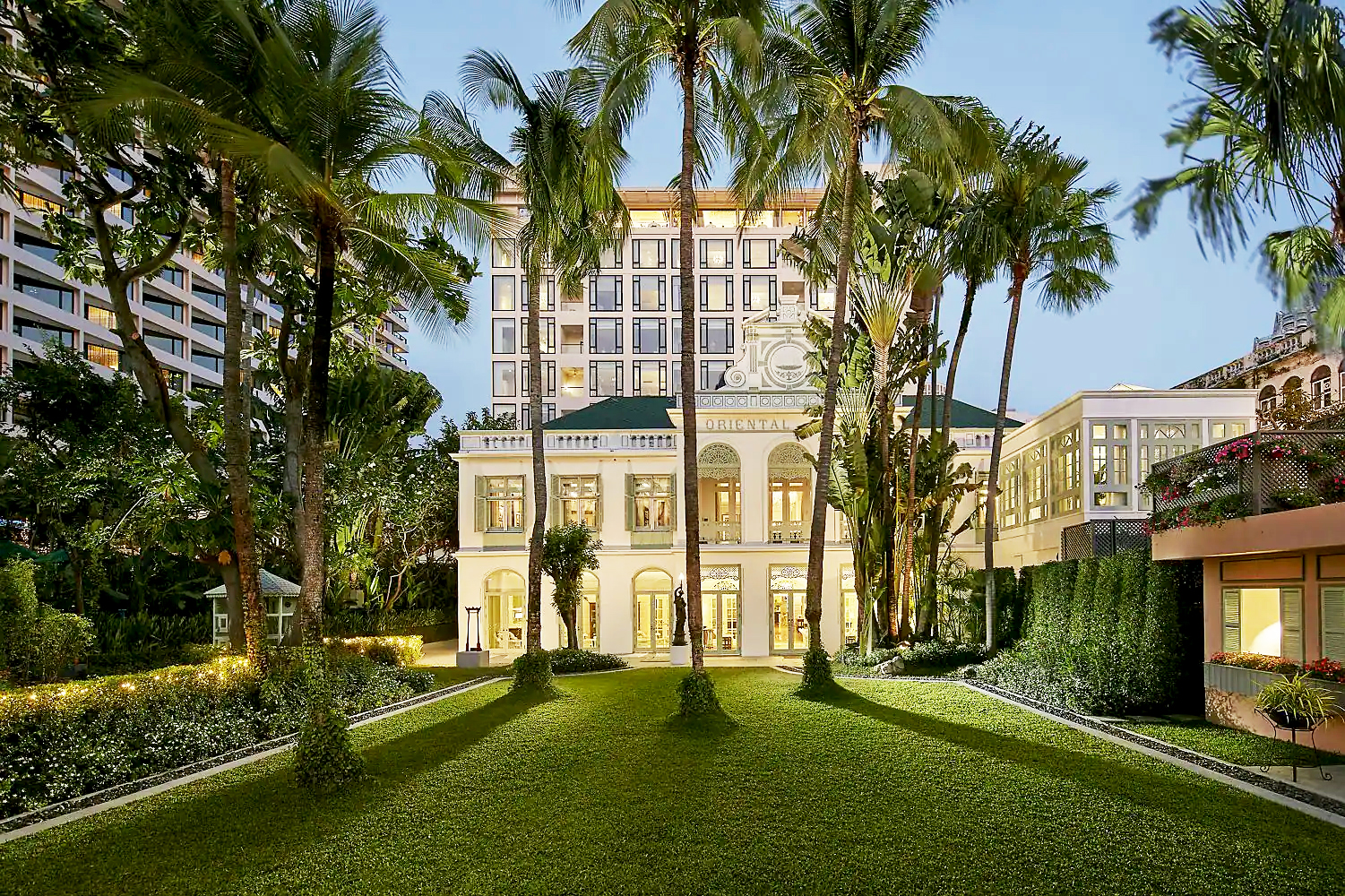
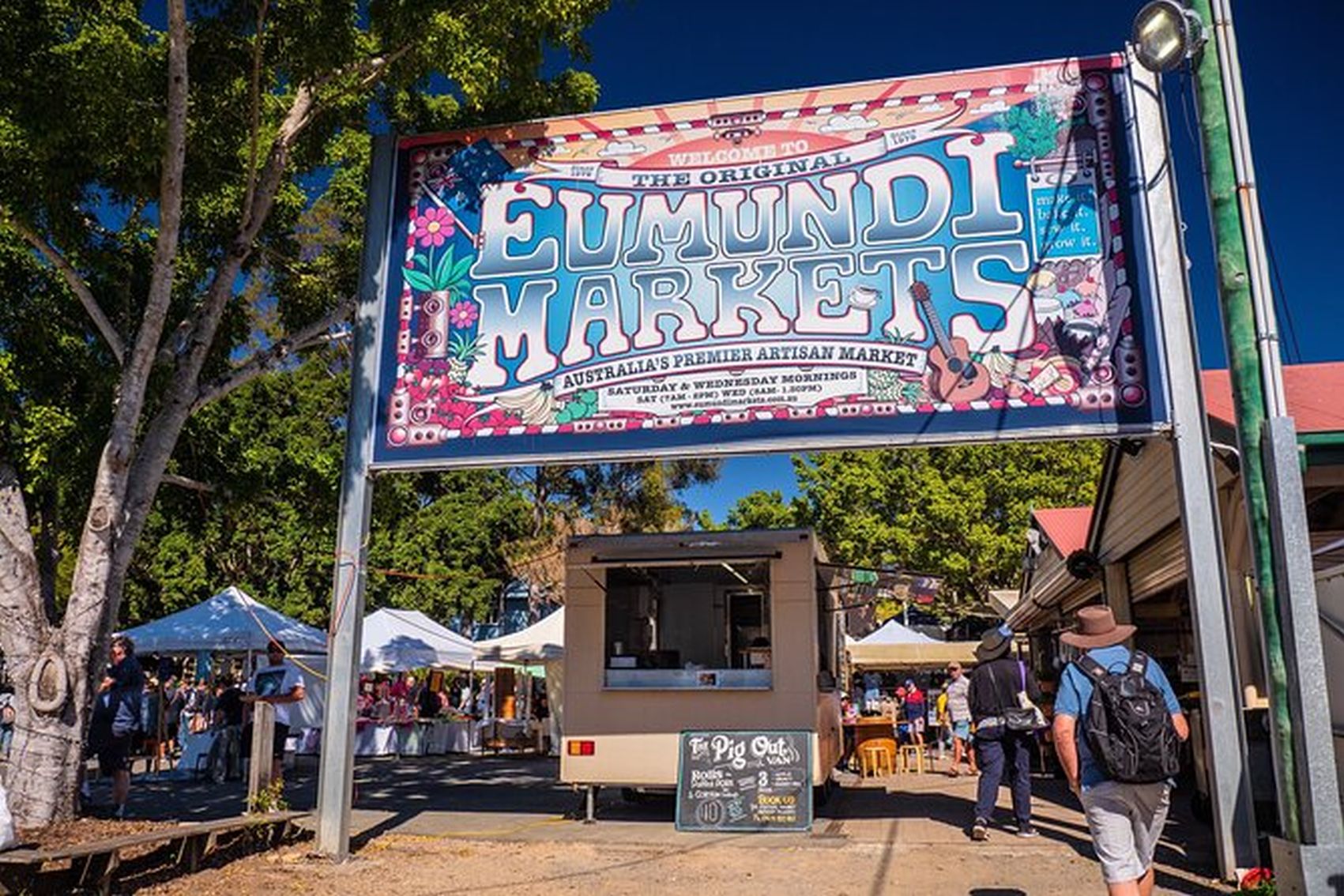
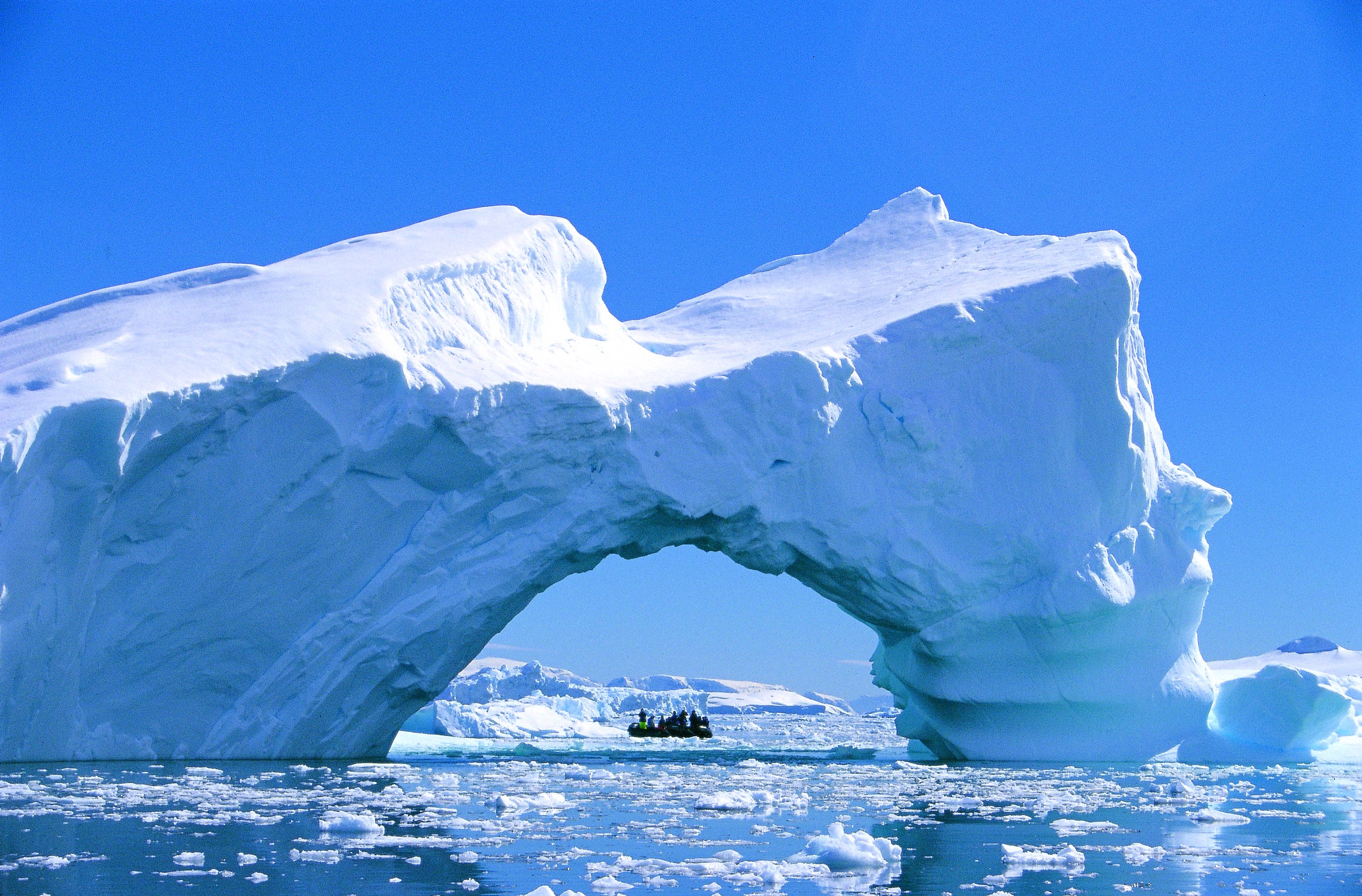
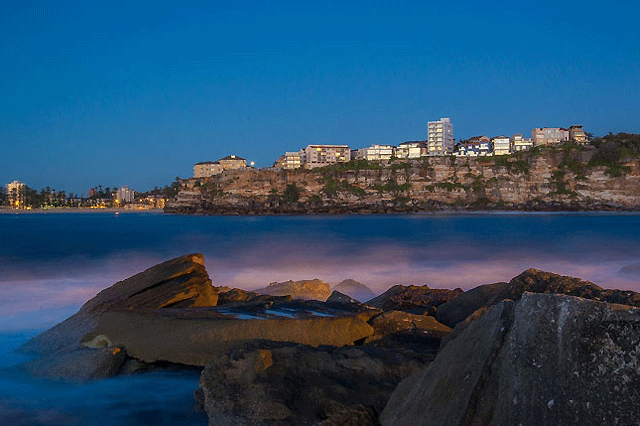
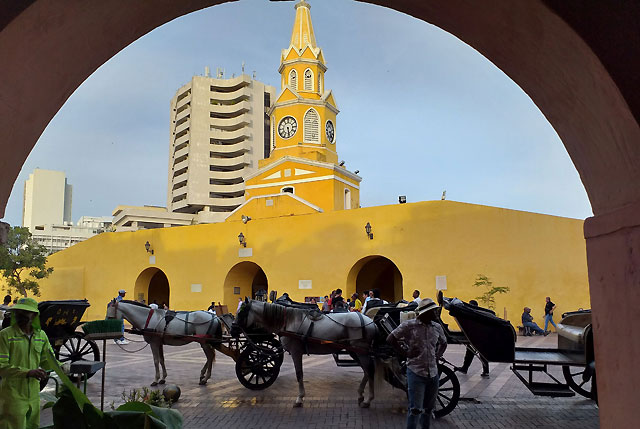
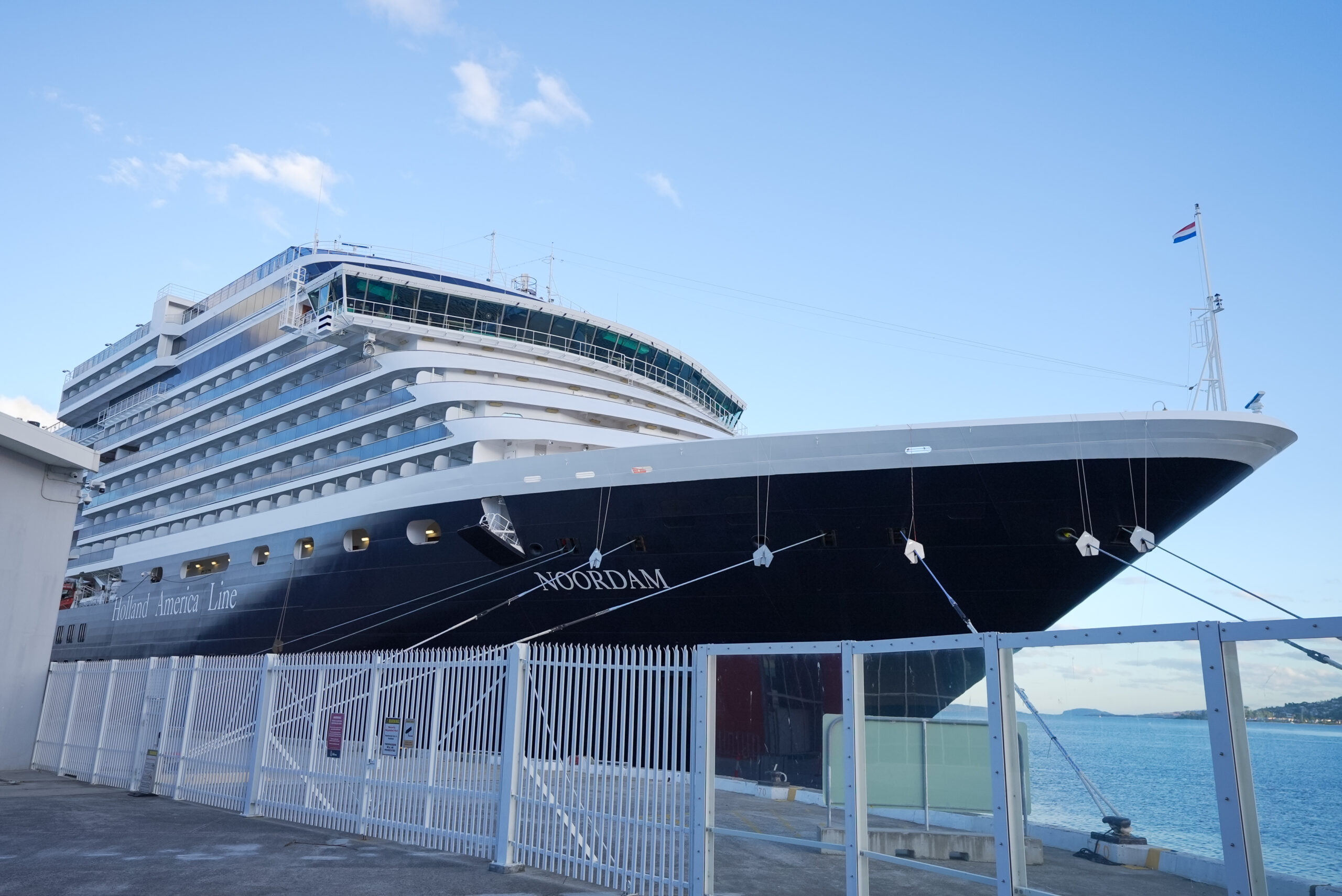
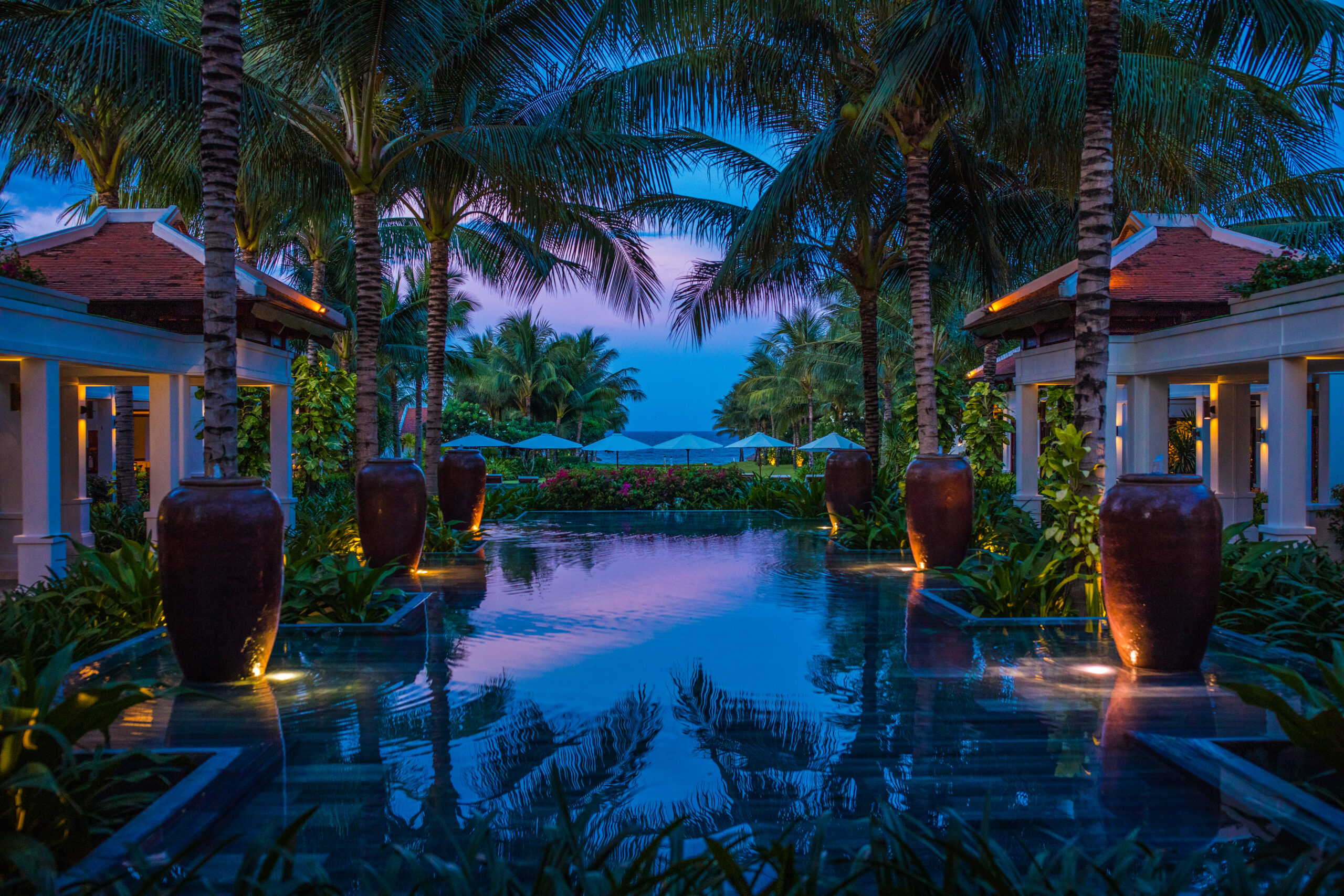
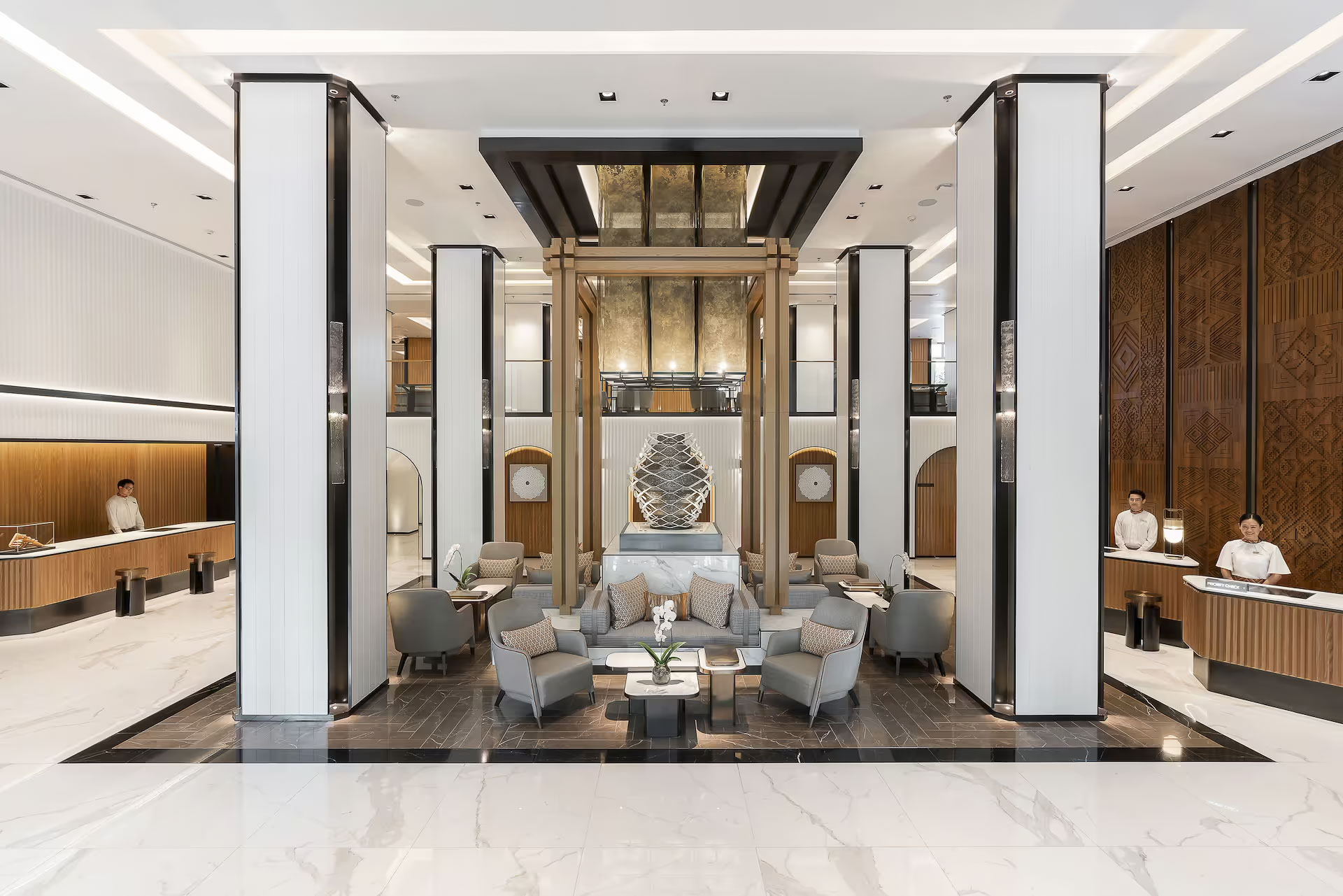
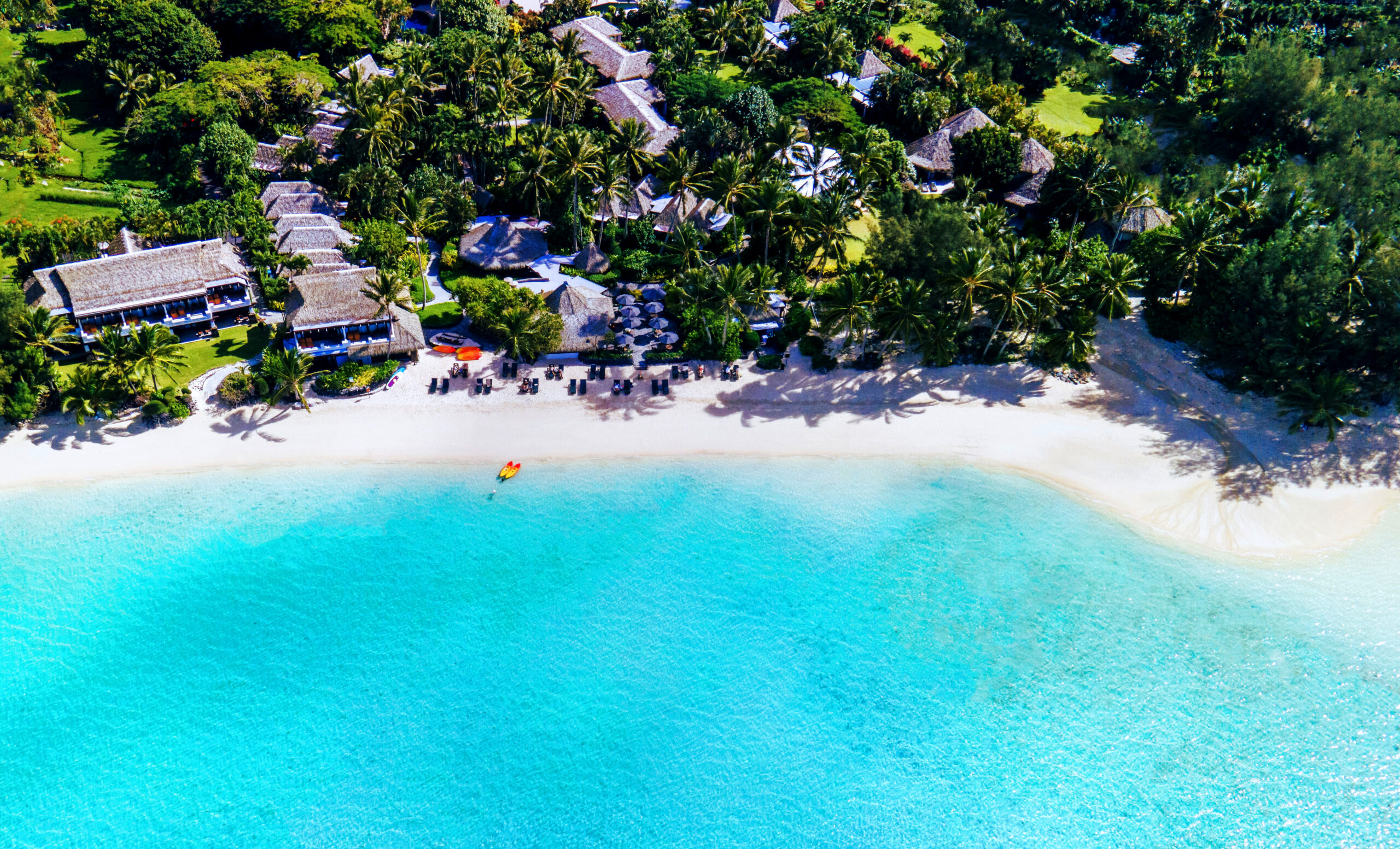
Recent Comments